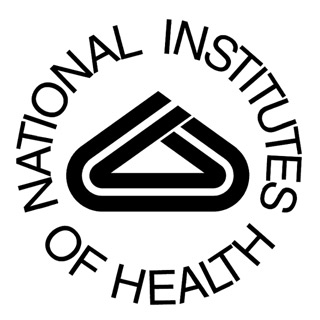
The findings revealed that these participants were exposed to an average effective dose of radiation from medical imaging which could possibly result in some form of cancer. It revealed that people receive more of these harmful radiations from medical imaging than they would receive from any natural source. The study shows that almost 20 percent of participants had moderate annual doses of radiation from diagnostic tests, and women and older individuals claimed to be at an increased risk for the radiation procedure
The study basically focused on imaging procedure involving radiation in order to diagnose or treat some form of a profound disease. There have been examinations that focused on detecting whether the use of cardiovascular imaging tests such as myocardial perfusion imaging and CT scans, help in improving a patient’s medical condition.
Computed tomography (CT) scans and nuclear imaging seemed to contribute to almost three-fourths of radiation exposure, with nuclear stress tests to discover coronary heart disease. It was believed that myocardial perfusion imaging accounted for the largest single radiation exposure namely 22 percent of total effective dose in study participants.
Michael S. Lauer, M.D., director of the Divisions of Prevention and Population Sciences and of Cardiovascular Diseases at NHLBI in an accompanying Perspective article titled ‘Elements of Danger – The Case of Medical Imaging’ calls for more research. He reveals that demonstration of whether the use of cardiovascular imaging tests, such as myocardial perfusion imaging and CT scans, improves patient outcomes may be required.
He notes that “no large-scale, randomized trials have shown that imaging [in patients with stable or suspected heart disease] prolongs life, improves quality of life, prevents major clinical events [such as heart attacks], or reduces long-term medical costs.”
Supposedly additional studies are needed to determine whether the benefits of such imaging procedures to diagnosis and treat patients outweigh the potential risks of cumulative radiation exposure.
Lauer further calls on clinicians to “think and talk explicitly about the elements of danger in exposing our patients to radiation. This means taking a careful history to determine the cumulative dose of radiation a patient has already received and providing proper, personalized information to each patient about the risk” of developing from cumulative exposure to radiation.
The new report appears in the August 27 issue of the New England Journal of Medicine.
